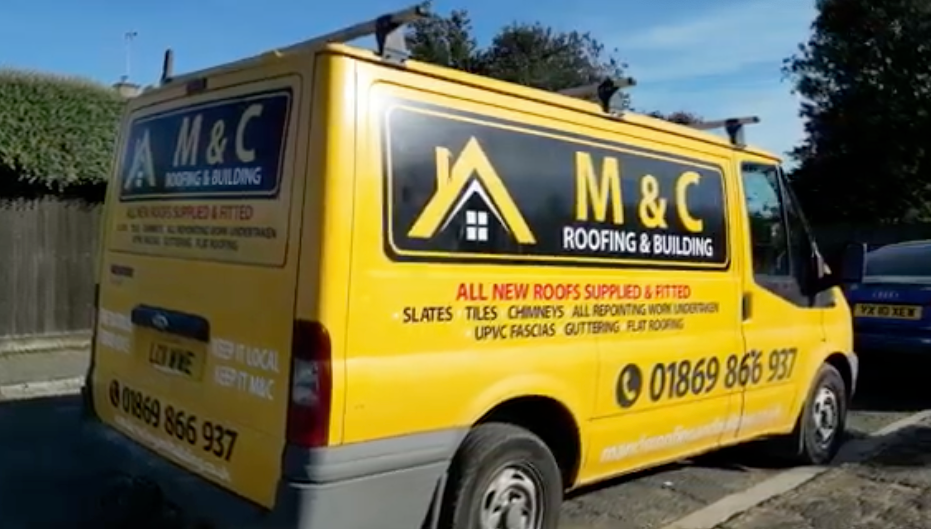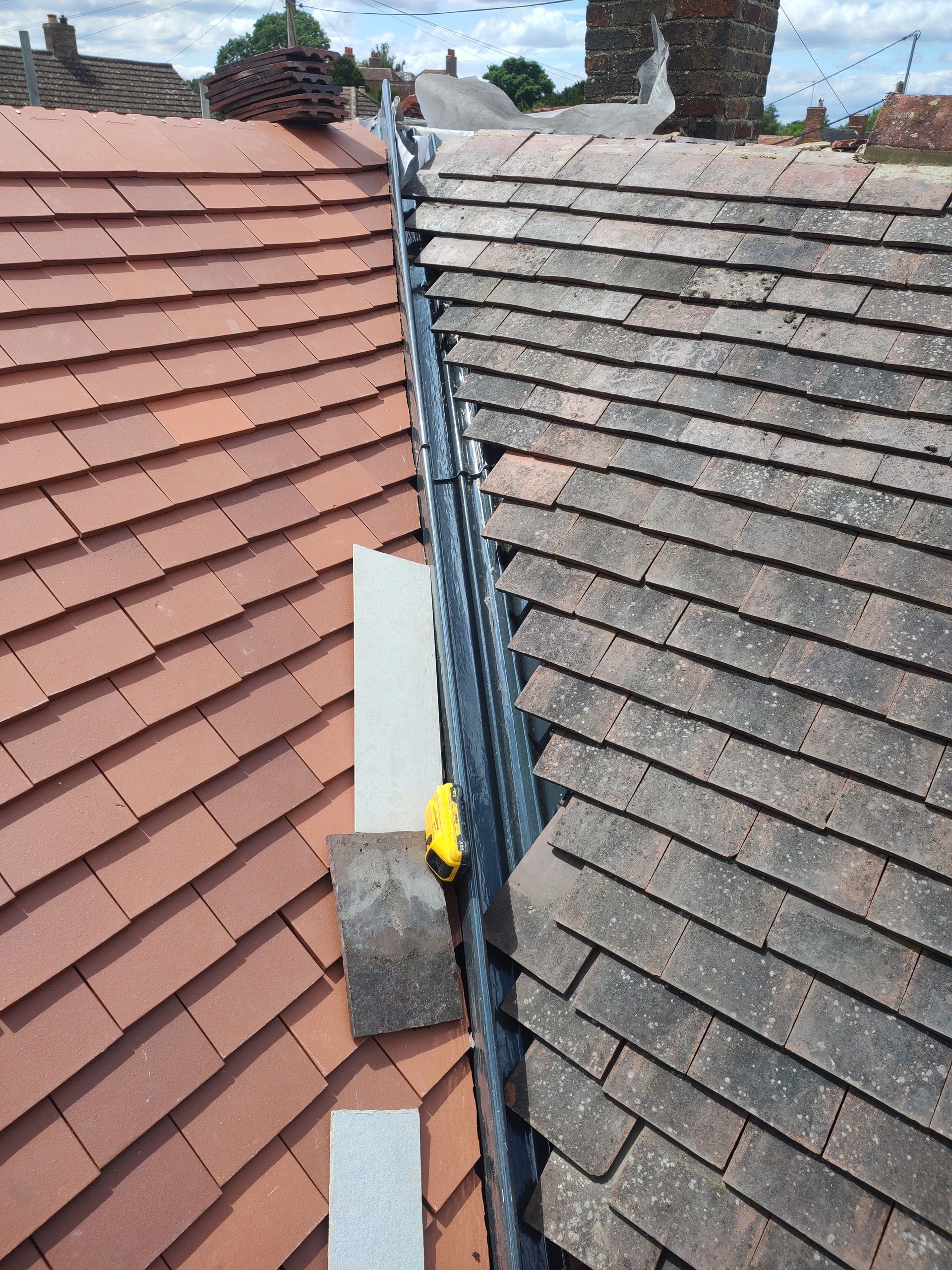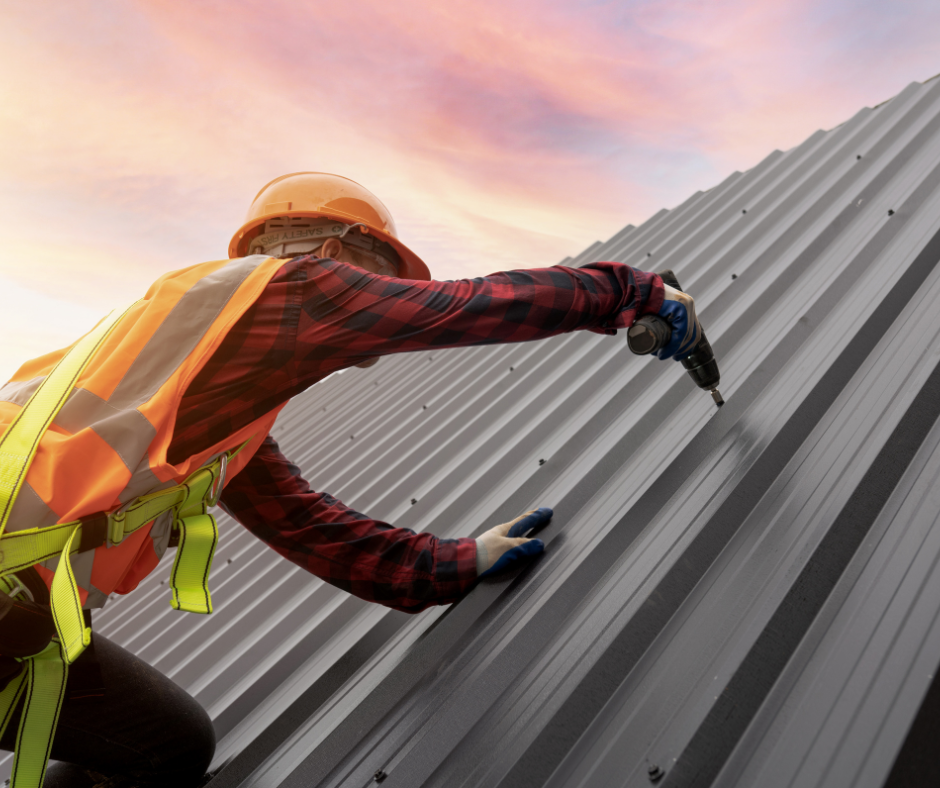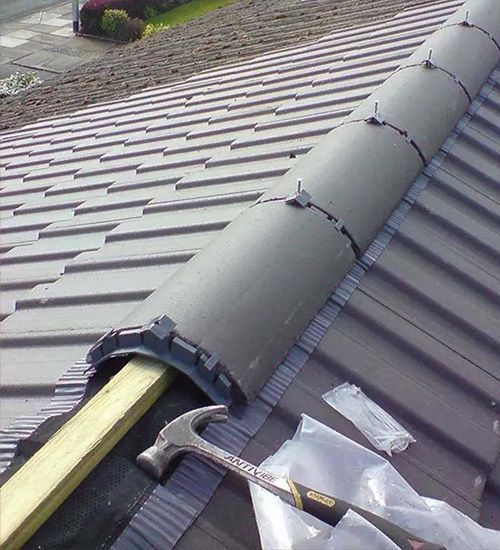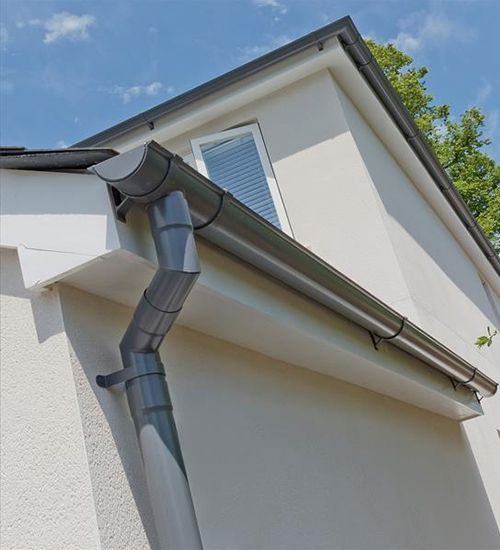The Ultimate Guide to Choosing the Right Roofing Materials in Thame
When it comes to protecting your home, few things are as important as your roof. Not only does it shield your property from the elements, but it also contributes significantly to its overall aesthetic and value. Whether you're renovating, repairing, or building from scratch in Thame, choosing the right roofing material is crucial. In this comprehensive guide, we’ll walk you through everything you need to know about selecting the best roofing materials for your home in Thame, covering both functionality and style.
Why the Right Roofing Material Matters
Think about your roof as your home's first line of defence against the unpredictable British weather – heavy rain, wind, and even snow. A quality roof will not only last longer, but it will also provide superior insulation, helping to reduce your energy bills and increase the value of your home.
Your choice of roofing material matters for several reasons, including:
- Durability: Some materials last longer than others. While cost is often a factor, choosing a material that will last for decades could save you money in the long run.
- Weather Resistance: Different materials may perform better in wet, windy, or cold conditions, all of which are common in Thame.
- Aesthetics: Your roof plays a major role in the visual appeal of your home, so the material you choose should complement its architectural style.
- Local Planning Requirements: Some areas in Thame may have planning restrictions that limit your choice of materials, especially if you live in a conservation area or if your property is listed.
Now, let's take a deeper dive into the specific types of roofing materials available and what might work best for your next project.
“The right roofing material can protect your home, increase its value, and save you money on future repairs.”
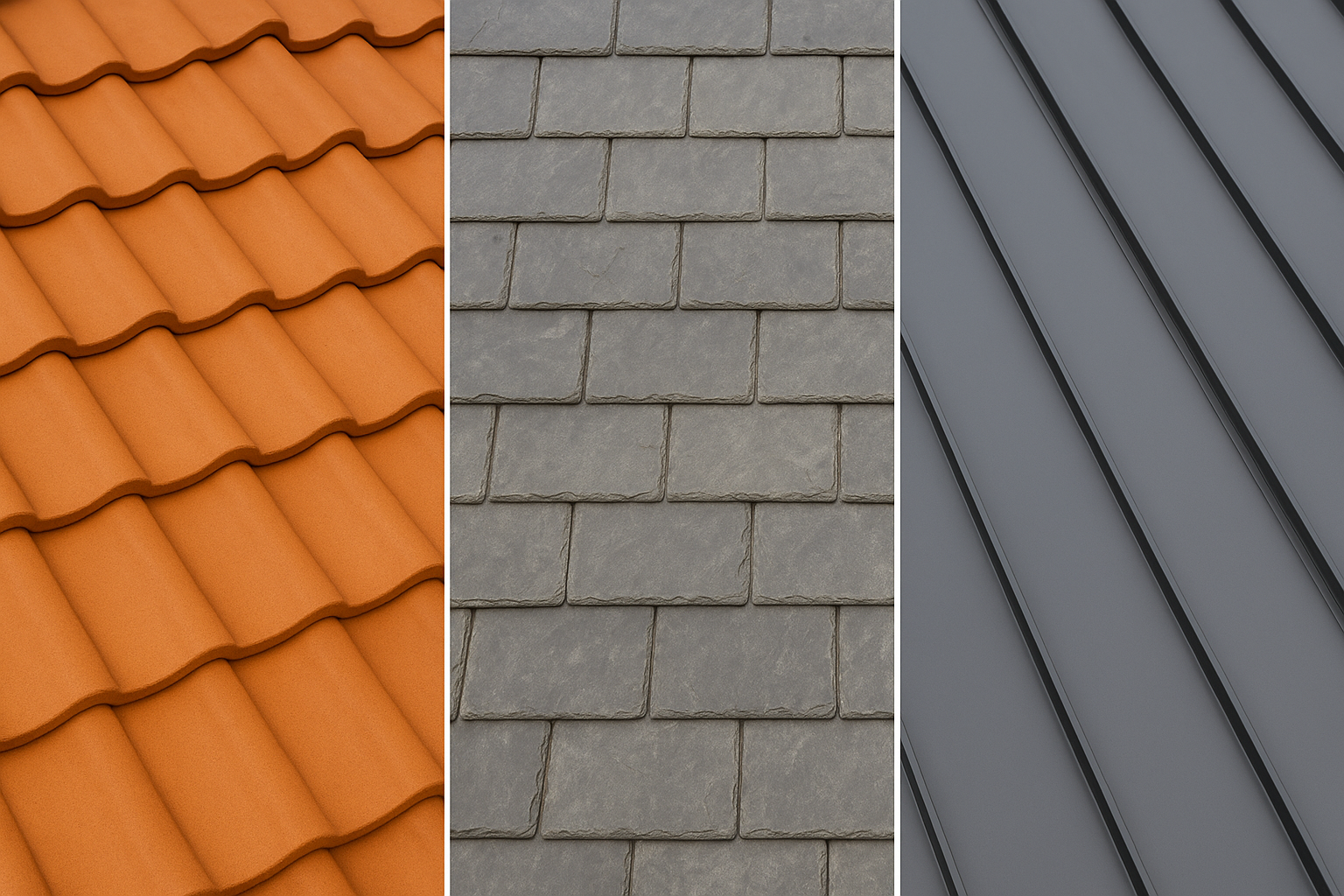
Common Types of Roofing Materials
1. Clay and Concrete Tiles
Clay and concrete tiles are a common sight on British roofs, especially in traditional and period homes across Oxfordshire. They are highly durable and provide excellent protection against heavy rainfall – perfect for the British weather.
- Durability: Often lasting between 50 to 100 years, clay and concrete tiles are a fantastic long-term investment.
- Aesthetic Appeal: These tiles deliver a timeless look. Clay tiles, in particular, add a rustic and historic charm that is very popular in Thame.
- Maintenance: While durable, they are a heavier material, and repairs can be slightly more challenging than on a slate or metal roof.
Pros: Traditional aesthetic, long-lasting, waterproof
Cons: Heavy, can be more expensive to install
Best For: Older, period properties or homes in traditional architectural styles.
2. Slate Roofing
Slate roofing is commonly used in Thame for its superior durability and timeless appeal. Slate offers a traditional look, which is especially suited for homes in conservation areas or period properties.
- Durability: Slate can last well over 100 years if properly maintained.
- Weather Resistance: Highly resistant to rain and frost – perfect for Thame's climate.
- Aesthetics: Slate provides a classy, sophisticated look that many homeowners covet.
Pros: Incredibly durable, elegant look, low maintenance
Cons: Expensive upfront, heavy, requires a sturdy structure to support its weight
Best For: Older homes, high-end residences, or those looking for a premium roof.
3. Asphalt Roofing (Bitumen Tiles)
Although more common in the US, asphalt (or bitumen) tiles are gradually finding their way into homes across the UK due to their
affordability. However, they remain less common in Thame due to more traditional architectural preferences.
- Durability: Asphalt tiles generally last about 20-30 years.
- Cost: They are among the more affordable materials per square metre.
- Weather Resistance: While decent in most conditions, bitumen tiles may not perform as well as clay or slate in all climates, especially under heavy rain and snow.
Pros: Affordable, easy to install
Cons: Shorter lifespan, requires more frequent repairs than premium materials
Best For: Newer housing estates or budget-conscious homeowners.
“Choosing cheap materials now can lead to costly repairs later. Invest wisely for long-term protection.”
4. Metal Roofing
Metal roofing, though once limited to industrial buildings and rural farmhouses, has become more mainstream, offering a modern twist for homes. If you're looking to create a contemporary aesthetic, metal roofing might be a great option.
- Durability: Can easily last 50+ years with proper care.
- Weight: It’s lightweight compared to clay, concrete, and even slate, making installation easier and less demanding on a home’s structure.
- Maintenance: Generally low-maintenance, though proper installation is key to avoid rusting or corrosion.
Pros: Lightweight, durable, modern aesthetic
Cons: Noisy in rain (unless you like that sound), can be prone to denting or corrosion without proper care
Best For: Contemporary homes or eco-friendly buildings.
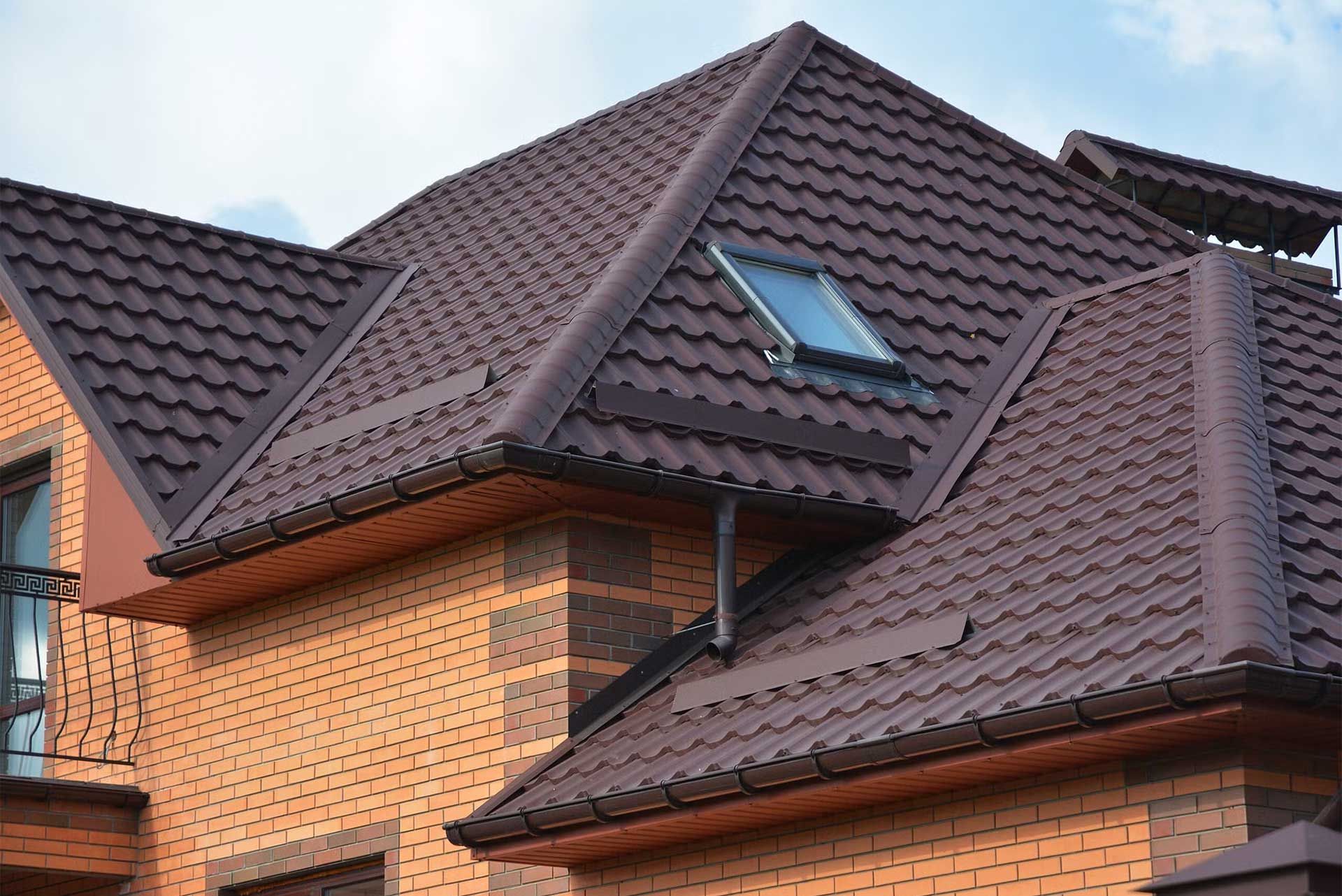
5. Green (Living) Roofs
For eco-conscious homeowners,
green roofs offer a more environmentally friendly roofing option. These ‘living’ roofs are covered in vegetation, either fully or in sections.
- Eco-friendly: Green roofs help to reduce stormwater runoff, improve insulation, and create a habitat for wildlife.
- Aesthetic Appeal: They give a unique, natural look that works well in semi-rural locations like Thame.
- Maintenance: Despite the benefits, a green roof requires regular upkeep to ensure that plants are healthy and the drainage system is functional.
Pros: Environmentally friendly, good insulation, reduces rainwater runoff
Cons: High maintenance, expensive installation
Best For: Eco-conscious homeowners, sustainable new builds.
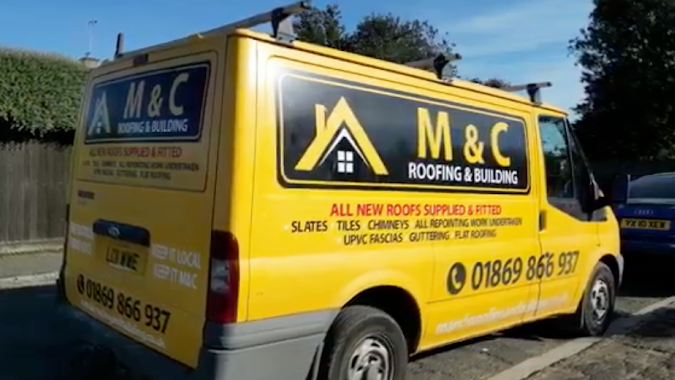
Factors to Consider When Choosing Roofing Materials in Thame
Local Climate
Thame’s temperate climate will expose your roof to considerable rainfall, the occasional frost, and fluctuating temperatures, all of which should be considered when selecting your roofing material. Opt for materials that are resistant to moisture penetration, such as slate or concrete. Also, ensure it performs well under strong winds, as roof damage is a common problem during winter storms.
Aesthetic Consistency
Given Thame’s rich historical architecture, especially in older, more traditional parts of town, you may want a material that complements the look and feel of your home. Planning permissions might restrict you to certain types of roofing materials, especially for listed buildings or properties in conservation areas.
Clay tiles and slate tend to be the most suitable choices for such areas to maintain a respectable period appearance.
Budget
A significant factor for any homeowner is cost. While it can be tempting to opt for a cheaper material like asphalt, remember that investing in a robust, durable material like slate can be more cost-effective in the long run due to its longevity and low maintenance requirements.
Weight and Structure
Some materials, such as clay and slate, are quite heavy and may require additional structural support. It's important to ensure your property can handle the weight of certain materials before installation. A roofing expert in Thame, such as M&C Roofing and Building, will conduct a structural evaluation before recommending heavy tiles.
“Your roof is one of the most important investments you can make in your home—choose materials carefully.”
Final Thoughts: Finding the Right Roofing Calibre for Your Home in Thame
Choosing the best roofing material depends on various factors – your home’s architectural style, local weather patterns, budget, and long-term maintenance requirements. While it might be tempting to take on some research by yourself, partnering with roofing specialists like M&C Roofing and Building helps simplify the process. We know the specifics of Thame’s heritage buildings, modern developments, and weather, which means we can help identify the best material options tailored to your unique situation.
If you're looking for professional roofing services or advice in Thame, look no further. Contact
M&C Roofing and Building today to book a consultation or request a quote.
Frequently Asked Questions (FAQs)
Q: What is the most durable roofing material for Thame’s British weather?
A: Slate is considered one of the most durable materials, lasting over 100 years and providing excellent protection against heavy rain and frost – two common occurrences in Thame's climate.
Q: How often should I conduct roof inspections?
A: It’s recommended to have your roof professionally inspected at least once a year, particularly after the winter season, but twice a year is better for catching issues from the season changes.
Q: Can I install a green roof on any home?
A: While many properties can accommodate a green roof, it’s important to check if your structure can handle the extra weight and if your location is suitable for this eco-friendly option.
For more detailed information or inquiries, speak with one of our team members at M&C Roofing and Building.

